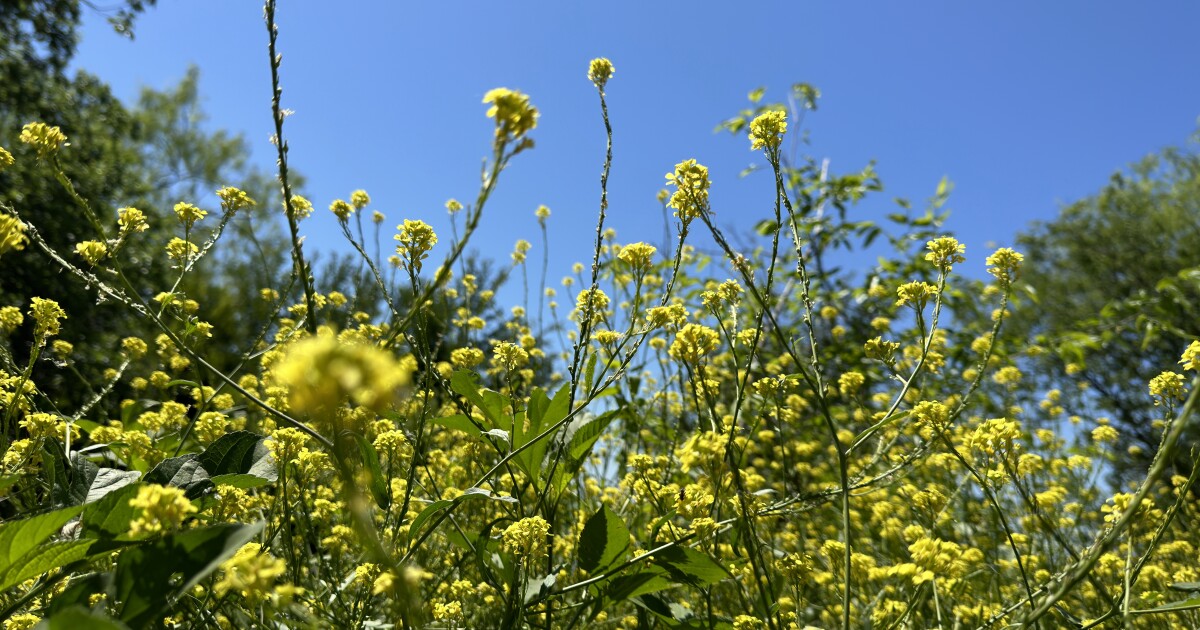On Sols 4575 and 4576, NASA’s Curiosity rover reached a key location on Mars. This spot is recognized as one of the safest areas for the mission, allowing scientists to operate with minimal risk. The team shared this update on June 20, 2025. It highlights the rover’s successful navigation within Gale Crater, where it continues to uncover secrets about Mars’ ancient landscape.
Curiosity’s latest position is described as a “perfect parking spot.” Each wheel is planted firmly on solid ground, which is crucial for the safe use of its robotic arm. This stability has allowed the team to quickly deploy scientific instruments like the Alpha Particle X-Ray Spectrometer (APXS) and the ChemCam. They targeted a rock called Tarija, which is thought to hold clues about the area’s geological history, particularly evidence of past water activity.
High-quality images taken with the MAHLI camera and Mastcam will aid in analyzing Tarija’s texture and composition. Understanding these aspects is important for piecing together Mars’ mineral composition and its environmental history.
Discovering Geological Patterns
The Curiosity team is also interested in nearby linear ridges that may indicate geological stress and fluid movement beneath the surface. Studying these formations can help scientists learn how Mars has changed over time. One site of particular note is Laguna del Bayo, which may show signs of mineral deposits where fluids filled cracks in the rock. These formations offer valuable insight into Mars’ past conditions and, potentially, its habitability.
Curiosity revisits another site, Mishe Mokwa, gathering further imaging data to track changes over time. This continuous observation is valuable for refining their understanding of the planet’s geology.
Next Steps for Curiosity
As current tasks wrap up, mission engineers are preparing for a 54-meter drive to a new site—the equivalent of about 177 feet. This move is planned carefully to ensure Curiosity’s safety. Once at the new location, the rover will enter a phase of untargeted science. Here, its instruments will autonomously select interesting features to study.
The ChemCam will use its autonomous targeting system to analyze nearby rocks, while the Mars Descent Imager (MARDI) will capture detailed images of the terrain below. These efforts aim to build a comprehensive picture of Curiosity’s journey and the geological units it encounters.
Curiosity’s environmental sensors will keep running, monitoring dust levels and other atmospheric conditions. Instruments like DAN for detecting subsurface hydrogen, REMS for weather updates, and RAD for radiation measurements will also continue to gather important data about the Martian environment.
Insights from Experts
Astrobiologists emphasize that studying Mars’ geology can provide insights into the planet’s past habitability. NASA experts indicate that these investigations are crucial for future missions that may seek signs of ancient life on Mars. The layered geological history visible in places like Gale Crater makes it a standout site for research.
Recent surveys have shown that public interest in Mars exploration is growing, especially with advancements in technology and enhanced mission capabilities. Many people on social media express excitement and curiosity about the findings, reflecting a shared interest in uncovering the mysteries of the Red Planet.
Understanding Mars isn’t just about exploration; it influences our approach to finding life beyond Earth. Each discovery sparks discussions about the potential for past lives, making every successful task a step closer to answering profound questions about our universe.
For ongoing updates about Curiosity’s mission, visit NASA’s official site.


















